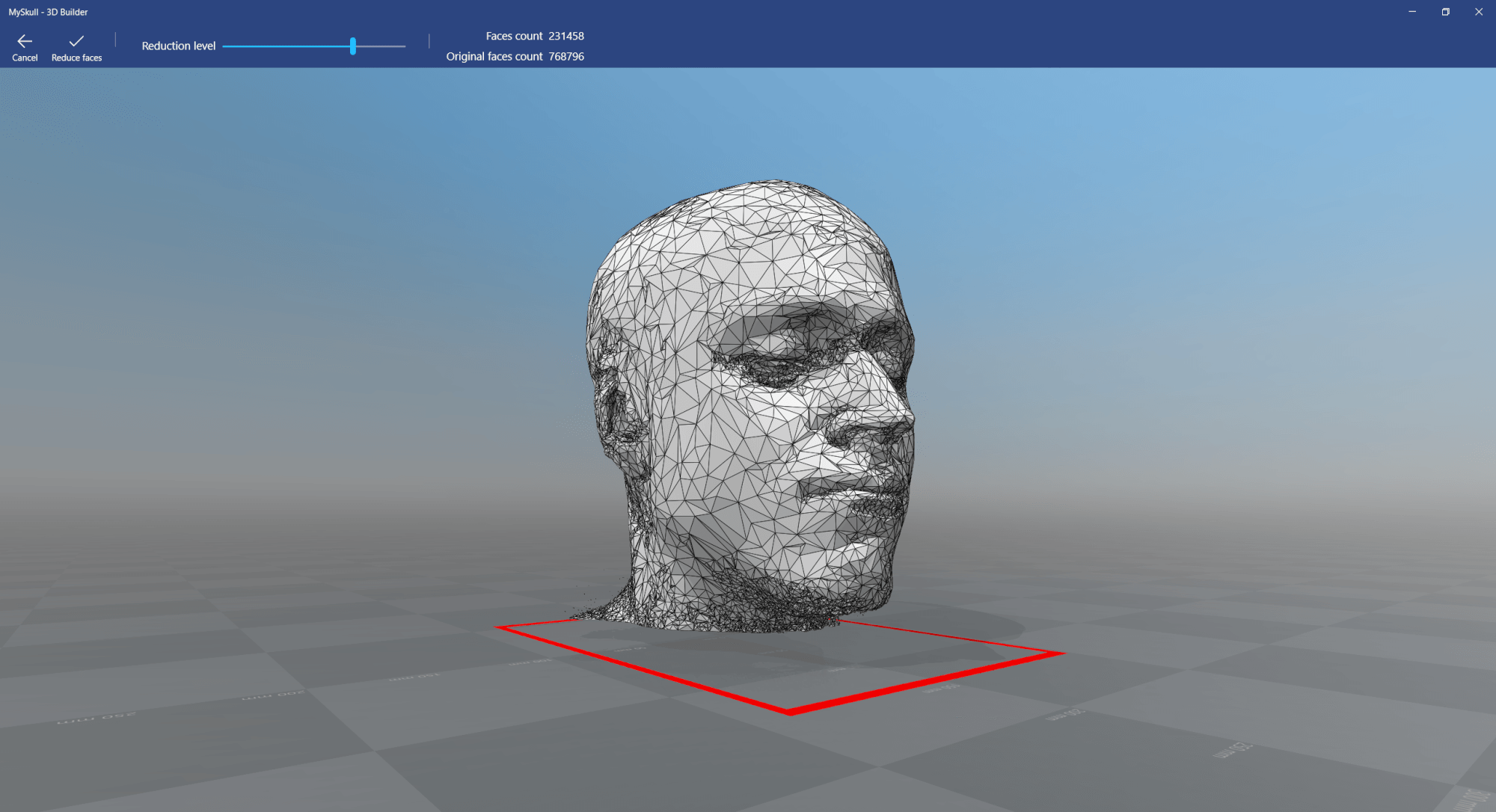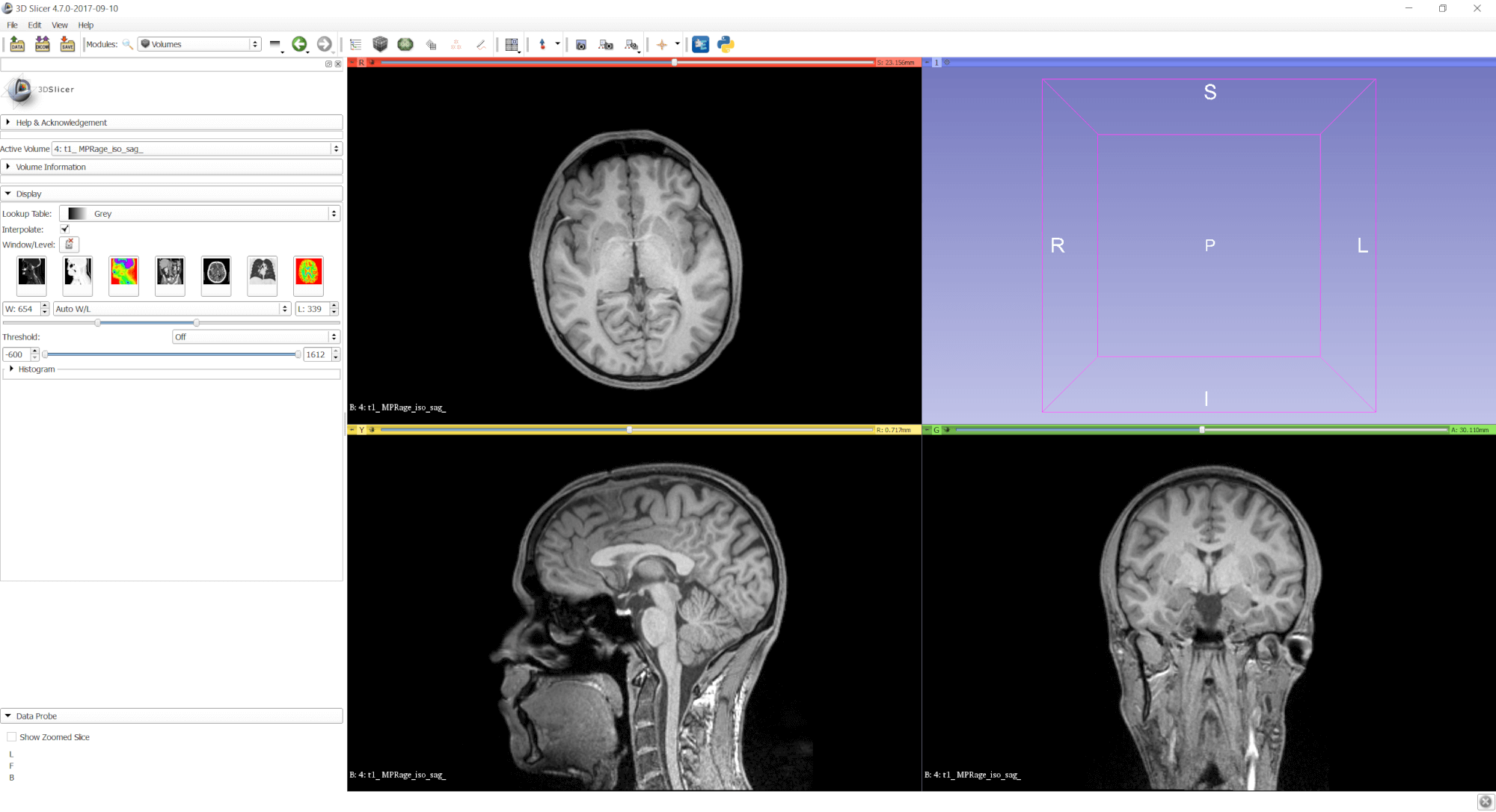ARCore by Google is still in preview and only runs on a select few phones including the Google Pixel 2. In this article, I’m creating a demo app for ARCore using the ARCore SDK for Unity (Preview 1).
It’s following up on the blog post series where I segmented a 3D model of the brain from an MRI image. Instead of following these steps, you can download the final model used in this article for free from Google Poly.
ARCore vs Tango
Previously, the AR efforts of Google were focused on the Tango platform. It included additional hardware depth sensors for accurate recognition of the environment. Unfortunately, only two phones are commercially available equipped with the necessary hardware to run Tango – the Asus ZenFone AR and the Lenovo Phab 2 Pro.





